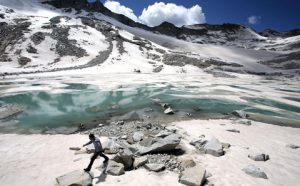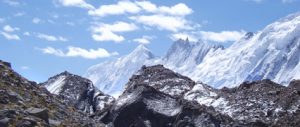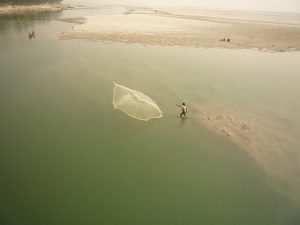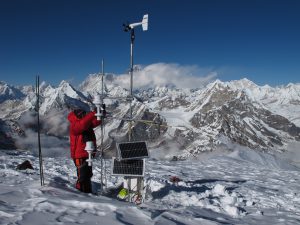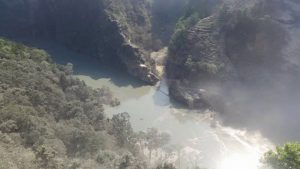A big breakaway chunk of a glacier in Xinjiang province has slid down a mountainside, destroying precious farming land, demolishing 70 homes and killing dozens of cattle.
The destructive wall of ice is a foretaste of much worse to come if climate change speeds up melting of China’s icebound regions, scientists say.
The fragmented glacier forms part of the Kunlun mountain range that runs along the northern edge of the Tibetan plateau, an area that scientists say is particularly vulnerable to forecast big changes in the world’s weather.
High levels of precipitation in the area increased pressure on the head of the glacier, while warmer conditions lower down caused a glacier surge – a particular type of movement that often results in flooding. Surges occur when the base of a glacier starts to slide, triggered by either by a warming climate or an earthquake. In this case, movement at the foot of the glacier prompted a collapse higher up.
China has lost about 18% of its glaciers in its western regions since the late 1950s, an inventory by the Chinese Academy of Sciences revealed last year. The national survey showed that glaciers have been retreating at a rate of 240 square kilometres every year. Glaciers near the Altai mountains in Xinjiang and Gangdise mountains on the Tibetan plateau are the ones most rapidly melting.
These glaciers are often described as the ‘water tower of Asia’, because they are the source of the region’s 10 major river systems that provide water for 1.3 billion people.
In the short term glacier melt will increase flooding, but in the future rivers may dry up, scientists have warned.
The local county government has sent a survey team to the source of the collapse. According to initial calculations, the breakaway glacier fragment is 20 kilometres long with an average width of one kilometre, and a depth of 30 to 50 metres, packing a total volume of approximately 500 million cubic metres of ice.
Reaching a height of 7,530 metres, Kongur is capped with snow year-round – its name translates as ‘white hat’, and its appearance mimics the white headgear favoured by local herders.
See also: Xinjiang ban on glacier tourism ignores the bigger problem

